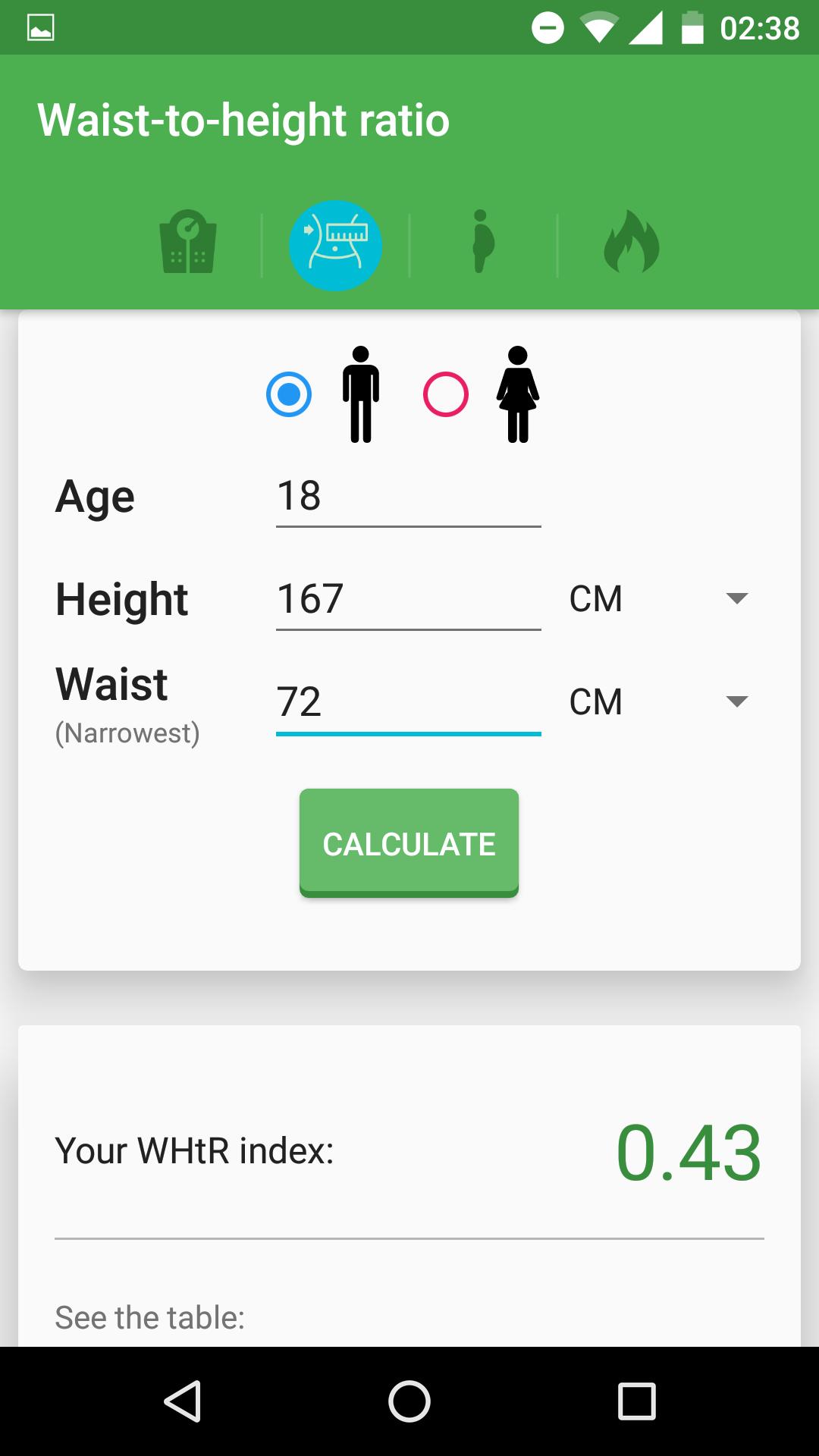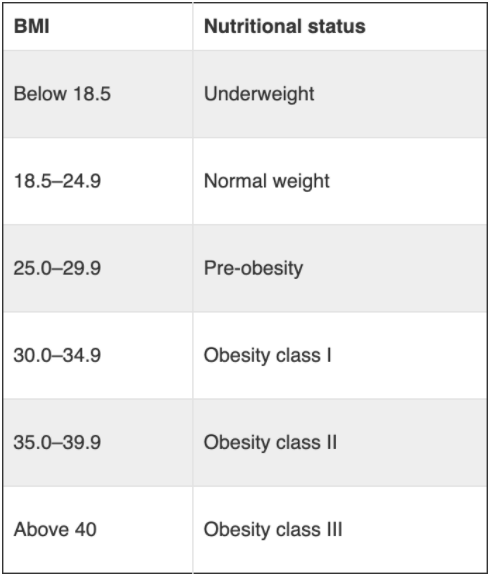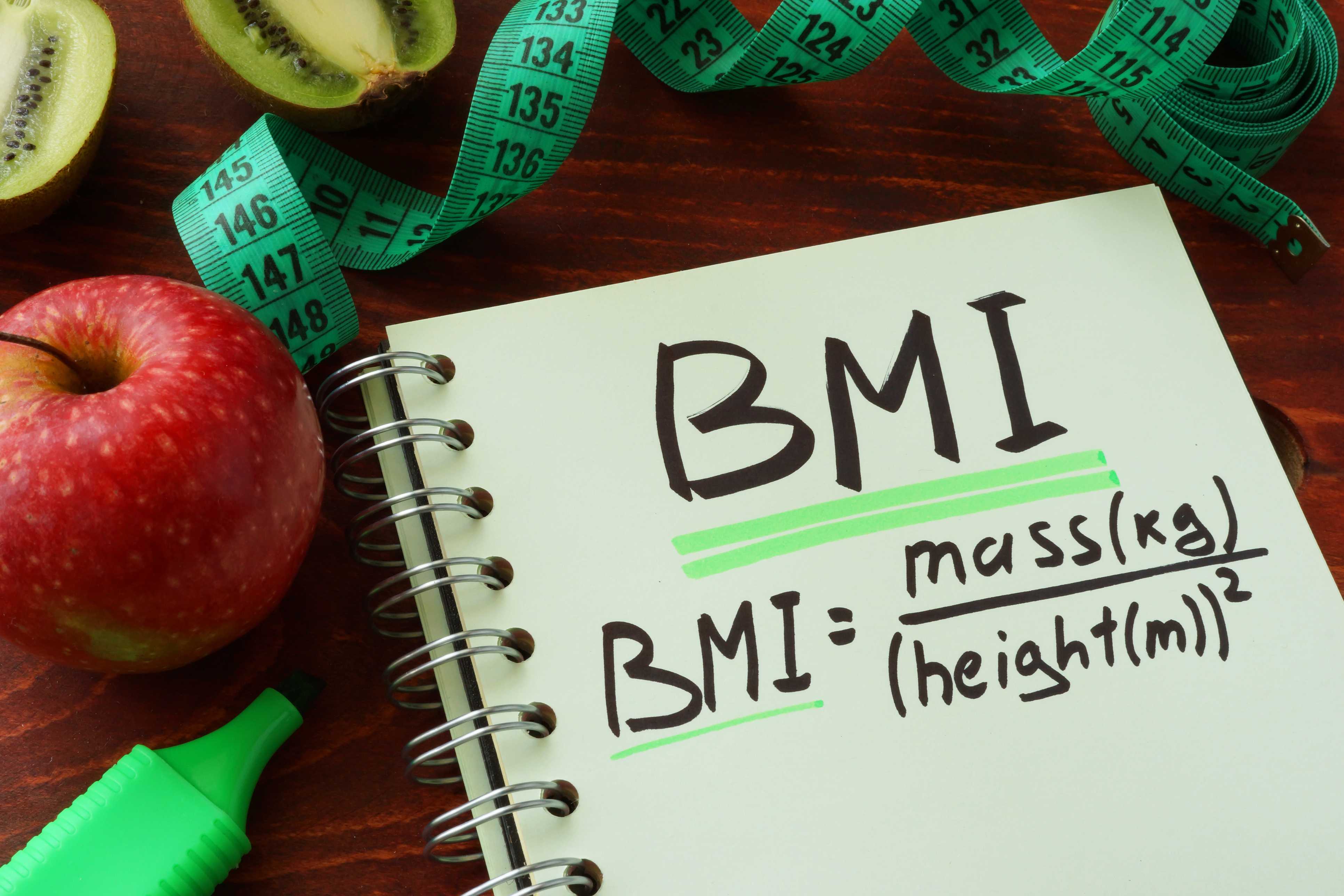Body Mass Index Calculator
BMI Calculator for Women. Generally, any BMI calculator for people older than 20 years can be used as a BMI calculator for women. As a matter of fact, the calculation of BMI - body mass index for both women and men is carried out according to the same BMI formula. In the majority of sources the values of BMI between 18.5 and 25 are considered. Body Mass Index (BMI) Calculator Enter your height and weight below to find your body mass index (BMI). This number is commonly used to judge whether your weight is healthy. What the Numbers Mean. Body Mass Index (BMI) Calculator. Enter your height and weight below to find your body mass index (BMI). This number is commonly used to judge whether your weight is healthy. Calculate Your BMI. Height (ft) And (inches) Weight (lbs) Calculate. What the Numbers Mean. BMI Condition; Below 18.5: Underweight: 18.5-24.9.
- Find out your numbers for BMI, belly fat, healthy weight, target heart rate, interval training, and more.
- The Body Mass Index (BMI) Calculator can be used to calculate BMI value and corresponding weight status while taking age into consideration. Use the 'Metric Units' tab for the International System of Units or the 'Other Units' tab to convert units into either US or metric units.
Calculator Use
This calculator will determine Body Mass Index or BMI, given an individual's weight and height. Weight can be entered pounds, stones and pounds, or kilograms. Height can be entered in inches, feet and inches, meters, or centimeters.
This calculator will also calculate and display the normal weight range for the height entered.
Calculating BMI
Bmi For Men
BMI is a way of measuring a person's weight relative to his or her height. BMI expresses how thick or thin a person is in simple numeric terms, and allows doctors and other health professionals to discuss weight objectively on a standardized scale.
BMI Formulas
This BMI calculator converts units to satisfy the following BMI formula calculations.
- Metric units: BMI = weight (kg) ÷ height2 (m)
- US units: BMI = (weight (lb) ÷ height2 (in)) * 703
Normal Weight Range
Normal weight BMI is 18.5 to 24.9. To calculate your normal weight range use the following:
- Metric units:
minimum weight (kg) = 18.5 × height2 (m)
maximum weight (kg) = 24.9 × height2 (m) - US units:
minimum weight (lb) = (18.5 ÷ 703) × height2 (in)
maximum weight (lb) = (24.9 ÷ 703) × height2 (in)
Example 1 (Calculating BMI in metric units)
Matilda weighs 64 kg and is 1.9 meters tall. What is her BMI?

- BMI = w ÷ h2
- BMI = 64 ÷ 1.92
- BMI = 64 ÷ 3.61
- BMI = 17.7
Example 2 (Calculating BMI in US units)
Stanley weighs 184 lb and is 5 feet, 10 inches tall. What is his BMI?
- 5 feet, 10 inches = 70 inches
- BMI = (w ÷ h2) * 703
- BMI = (184 ÷ 702) * 703
- BMI = (184 ÷ 4900) * 703
- BMI = 0.3755 * 703
- BMI = 26.4
Below is a table of commonly used BMI ranges in North America and Europe for persons aged 21 and older. Wikipedia lists more detailed BMI categories.

Although BMI is calculated the same way worldwide for all ages, the way an individual's BMI is interpreted depending on location and the person's age:
- In many Southeast Asian countries, the thresholds for the overweight and obese categories tend to be lower. For example, in Singapore and Hong Kong a BMI of 23.0 is considered overweight, whereas in the United States a BMI of 25 is considered overweight.
- Children and adolescents are not evaluated using these thresholds at all, but are evaluated relative to others of the same age and gender:
Keep in mind that BMI is a ratio between height and total body weight - it does not differentiate between weight from muscle and weight from fat, nor does it consider an individual's body frame type. BMI is one of several tools used to assess a person's weight and overall health. If you are concerned about your weight, it is best to consult with your doctor or healthcare professional.
References
- 'Body Mass Index,' Wikipedia, The Free Encyclopedia.
- 'Healthy Weight,' Centers for Disease Control and Prevention.
Use this calculator to check your body mass index (BMI) and find out if you're a healthy weight. Or you can use it to check your child's BMI.
Understanding your BMI result
Underweight
Being underweight could be a sign you're not eating enough or you may be ill. If you're underweight, a GP can help.
Healthy weight
Keep up the good work! For tips on maintaining a healthy weight, check out the food and diet and fitness sections.
Overweight
The best way to lose weight if you're overweight is through a combination of diet and exercise.
The BMI calculator will give you a personal calorie allowance to help you achieve a healthy weight safely.
Obese
The best way to lose weight if you're obese is through a combination of diet and exercise, and, in some cases, medicines. See a GP for help and advice.
Black, Asian and other minority ethnic groups
Black, Asian and other minority ethnic groups have a higher risk of developing some long-term (chronic) conditions, such as type 2 diabetes.
These adults with a BMI of:
- 23 or more are at increased risk
- 27.5 or more are at high risk

Why waist size also matters
Measuring your waist is a good way to check you're not carrying too much fat around your stomach, which can raise your risk of heart disease, type 2 diabetes and stroke.
You can have a healthy BMI and still have excess tummy fat, meaning you're still at risk of developing these conditions.
To measure your waist:
- Find the bottom of your ribs and the top of your hips.
- Wrap a tape measure around your waist midway between these points.
- Breathe out naturally before taking the measurement.
Aerobic Capacity Calculator
Regardless of your height or BMI, you should try to lose weight if your waist is:
- 94cm (37ins) or more for men
- 80cm (31.5ins) or more for women
You're at very high risk and should contact a GP if your waist is:
- 102cm (40ins) or more for men
- 88cm (34ins) or more for women
Children's BMI
Body Mass Index Calculator For Women
For children and young people aged 2 to 18, the BMI calculator takes into account age and gender as well as height and weight.
Overweight children are thought to be at increased risk of a variety of health conditions, and they're also more likely to be overweight as adults.
The BMI calculator works out if a child or young person is:
- underweight – on the 2nd centile or below
- healthy weight – between the 2nd and 91st centiles
- overweight – 91st centile or above
- very overweight – 98th centile or above
A child's BMI is expressed as a 'centile' to show how their BMI compares with children who took part in national surveys.
For example, a girl on the 75th centile is heavier than 75 out of 100 other girls her age.
Measuring waist size is not routinely recommended for children because it does not take their height into account.
See a GP if you're concerned about your child's weight. They may be able to refer you to your local healthy lifestyle programme for children, young people and families.
Find out more in underweight children aged 6 to 12 and very overweight children.
Limitations of the BMI

Your BMI can tell you if you're carrying too much weight, but it cannot tell if you're carrying too much fat.
The BMI cannot tell the difference between excess fat, muscle or bone.
The adult BMI does not take into account age, gender or muscle mass.
This means:
- very muscular adults and athletes may be classed 'overweight' or 'obese' even though their body fat is low
- adults who lose muscle as they get older may fall into the 'healthy weight' range even though they may be carrying excess fat
Pregnancy will also affect a woman's BMI result. Your BMI will go up as your weight increases. You should use your pre-pregnancy weight when calculating your BMI.
Apart from these limitations, the BMI is a relatively straightforward and convenient way of assessing someone's weight.
Eating disorders
Body Mass Index Chart Male
If you have an eating disorder, the BMI calculator results do not apply. Please get further advice from a GP.
Next steps
You can use your BMI result as a starting point for further discussion with a GP about your weight and general health.
Find out how your GP can help you lose weight and check out the Change4Life website for practical tips on staying healthy as a family.
A BMI above the healthy weight range or too much fat around your waist can increase your risk of serious health problems like:

- certain types of cancer
Help us improve our website
Are you a healthcare professional?
Page last reviewed: 5 November 2018
Next review due: 5 November 2021
